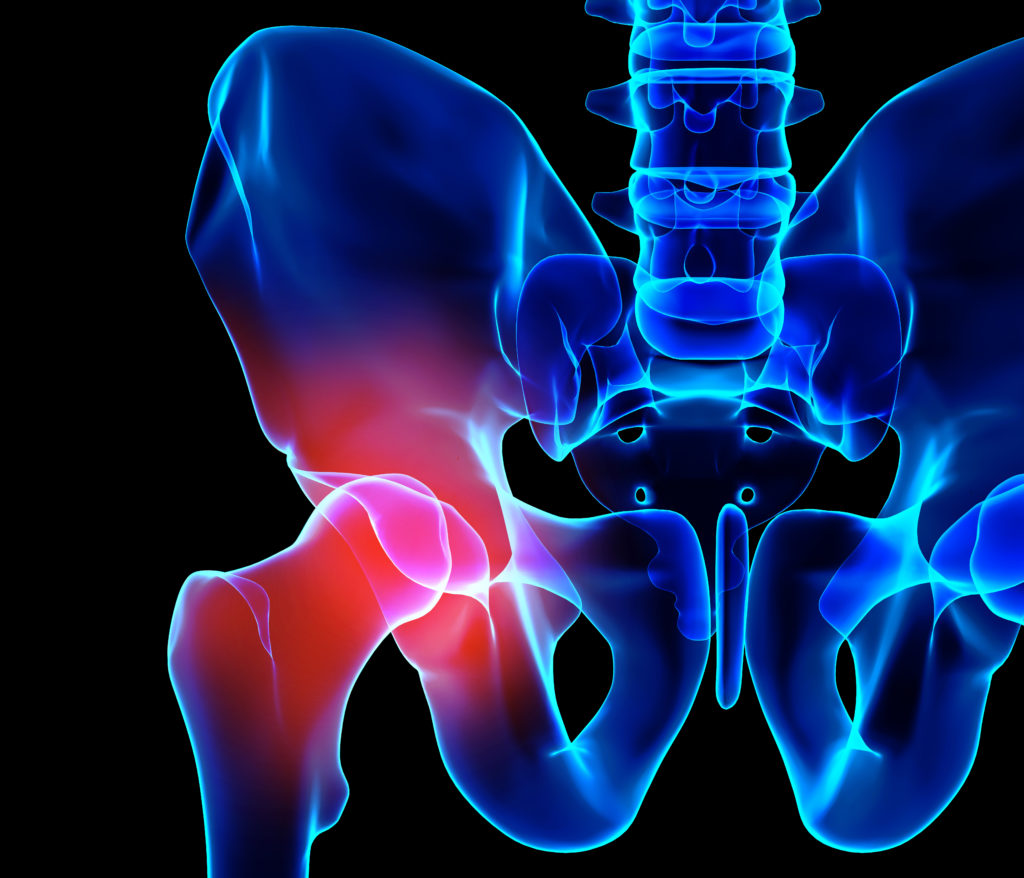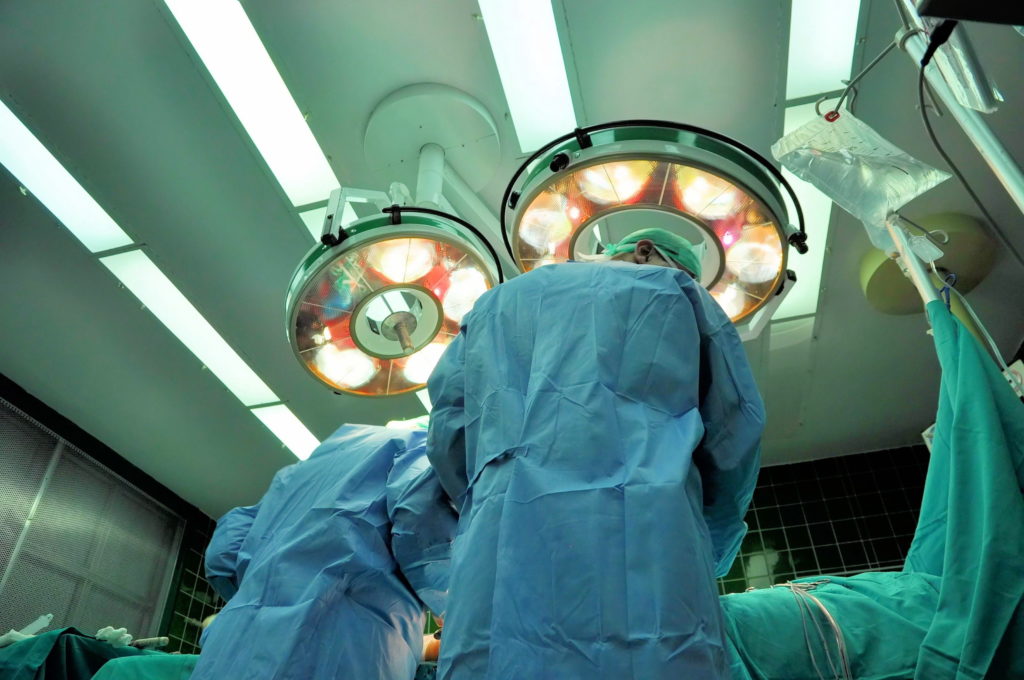DePuy ASR Hip Replacements
DePuy ASR Hip Replacements have seen higher than average failure rates, resulting in billions in dollars in damages
What are DePuy ASR Hip Replacements?
More formally referred to as the ASR™ (Articular Surface Replacement) XL Acetabular Hip System, this replacement became available in the United States in 2005. The ASR was marketed as a hip replacement that would allow greater range of motion and would last longer than competing hip replacement products. Made from a single sheet of metal, the system was designed to be more durable than other hip replacements.
However, within five years, concerns were raised at its higher-than-normal failure rate, serious complications, risk of metal poisoning, and in some cases, the need for revision surgery.
The device was phased out by DePuy in 2010, and the move was thought to be due to the ASR’s failure. DePuy cite slow sales as a reason for its withdrawal.
DePuy Synthes, a subsidiary of the company Johnson & Johnson, is one of the largest manufacturers of hip replacements globally. DePuy sells complete hip replacement systems and implant components intended to replace parts of the hip, including femoral heads, acetabular cups, and femur stems. However, DePuy has faced thousands of lawsuits linked to these hip replacement products, with patients alleging that they were put at increased risk of harm due to the early failure rate and a risk of metallosis. DePuy has voluntarily recalled more than 150 of the devices after receiving information from the National Joint Registry of England and Wales, the British Orthopaedic Association, and the British Hip Society, all of which reported higher-than-average failure rates. By 2013, Johnson and Johnson, DePuy’s parent company, had settled ASR hip replacement lawsuits in the amount of $4.4 billion.
How do DePuy ASR Hip Replacements work?
The ASR worked by surgically replacing the hip with a metal-on-metal implant system. The system includes two components: a metal acetabular cup, which is placed in the acetabulum, and a metal femoral head is replaced with a metal ball, which is connected to a metal stem placed inside the femur.
SIDE EFFECTS of DePuy ASR Hip Replacements

Although intended to improve the lives of individuals in need of a hip replacement, DePuy ASR Hip Replacements have caused a number of serious side effects in thousands of those who were implanted with the devices. Thousands of lawsuits have been filed already, and many other incidents of side effects have not yet been reported.
Device Complications
- Loosening of the implant
- Implant not staying attached to the bone in the correct position
- Dislocation
- Noises (clicking, grinding, or squeeking) in the hip joint
- Metallosis
- High levels of metals (cobalt and chromium) in the blood
Health Consequences
- Pain
- Swelling
- Difficulty walking
- Fracture of the hip
- Persistent pain
- Limited mobility
- Inflamation
- Metallosis consequences including rash, fatigue, neurological changes, thyroid issues, psychological changes, cardiomyopathy, and renal function impairment
Who is at Risk?

Anyone who has had an ASR hip replacement implanted could be at risk of serious side effects. In particular, any patients reporting pain, rash, fatigue, neurological symptoms, or other serious changes after receiving an ASR hip replacement are advised to seek medical attention, where their concerns should be taken seriously and investigated.
Evidence of DePuy ASR Hip Replacement Complications

Numerous complications have been reported from the ASR system. Some studies noted the potential for metal-on-metal devices to produce high levels of metallic ions generated by the friction of the device components rubbing together. These ions, or metal debris, may be absorbed into the patient’s tissue risking an allergic reaction and posing a risk of metallosis. This condition can cause severe inflammation and damage to local muscle, tendons, and ligaments – which can lead to tissue death – as well as damaging vital organs such as the heart, liver, and brain. Metal toxicity can even affect fertility. When some patients had revision surgery, surgeons reported cases of fluid collection, tissue damage, discoloration, metallosis, and solid masses around the hip replacement site.
Studies have reported that almost 30 percent of patients reported some implant dysfunction. Within four years, 21 percent of patients would require revision surgery, and within six years, that figure rose to 49 percent.
Last Edited: February 21, 2018